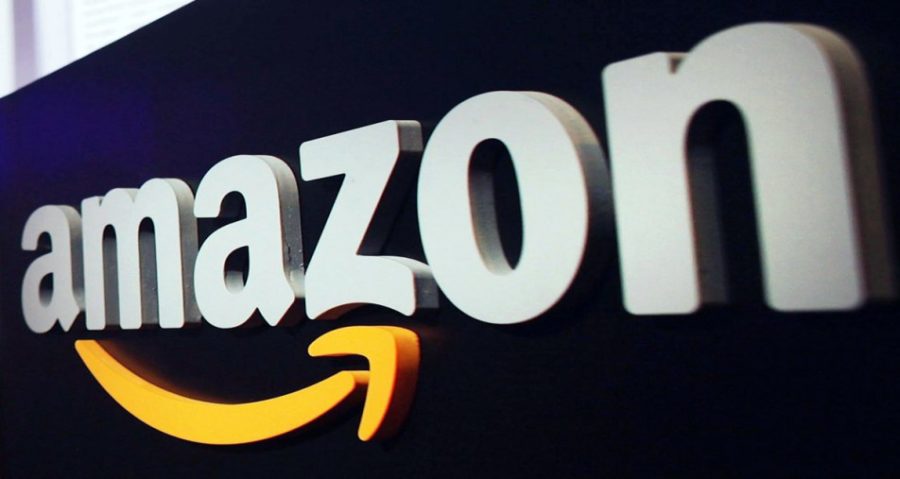HOW IS AMAZON DOMINATING THE APPAREL MARKET?


At a luncheon held by the Retail Marketing Society on Thursday, November 17, Robin Lewis, CEO of The Robin Report, posed this (and other questions) to two experts: John Blackledge, managing director and senior research analyst, Cowen and Company, and Philip Stolt, an ex-Amazon executive who is founding partner and CEO of The Ortega Group, a retail consulting firm. Their answers were enlightening, to say the least.
Blackledge focused partly on how Amazon’s Prime program, which now has 50 million members in the U.S. (up from 17 earlier this year), encourages people to take part in the company’s “ecosystem,” so that people are inclined to make purchases with a great frequency than they might otherwise. While Prime is only currently available in 26 U.S. markets, that number is likely to grow shortly. Furthermore, one of the largest advantage of being a Prime member is the ability to receive product overnight, which is something many stores simply can’t compete with. As Blackledge noted, the company added 23 new fulfillment centers just in the third quarter of this year, and he expects such massive growth to continue.
Both men talked about how the company puts a real emphasis on having a large selection of production, working with as many brands as possible (although some industry leaders, such as Nike, have resisted the siren call). At times, Blackledge pointed out, in the early days, Amazon made deals with top-name brands to get their products on the site without worrying about eventual profitability. Now, that strategy is shifting, as profit becomes more important to the company’s shareholders. Moreover, Amazon is putting more focus on curation, aware that apparel buyers don’t always appreciate the company’s “more is more” strategy. “They are beginning to limit some inventory,” stated Stolt.

As for pricing, both men noted that Amazon is a “price follower” – a company that wants to remain competitive yet In line with other companies – but does not focus on offering the lowest possible price. “It is not in their interest to drag the price of a product down,” stressed Stolt, because it can lead to lower profitability. “If someone is selling a pair of shoes for $139, you’re not going to see it on the site for $138.99 in most cases. That said, they may end up the leader on a promotional day, like Cyber Monday, or if they have excess inventory and need to dump the product.” Instead, the men said, Amazon hopes that their reputation for great customer service and easy fulfillment will lead customers to choose them over traditional brick-and-mortar retailers, even when pricing on an individual product remains the same.
A large part of Amazon’s winning formula is their consistent focus on data and analytics, allowing them to learn what customers what want. “Not only do they know about every piece about clothing you’ve purchased on the site,” said Stolt. “And from that, the day may come soon when Amazon will use their predictive technology to create something for you, maybe using 3D technology, or simply send you what you think you want.”
As to the question of whether Amazon will eventually enter the brick-and-mortar realm in apparel (as they have already done with books), the men had slightly differing views. Blackledge, who visited the company’s Seattle headquarters the day before lunch, said he had asked company executives this question point blank, and was told they had no plans to do so.
Stolt said, as a former employee, “nothing Amazon would do would ever surprise me, but if they do open stores, which I think they might, it will be a very different experience than current stores,” noting that prices might only be visible to the consumer once they click on the Amazon app, and that stores are likely to carry very different assortments of merchandise based on their demographics.
While Amazon has made amazing strides in the apparel retail market, they are still facing challenges, the men concurred. Some brands are beginning to leave the site to focus on their own D2C sites or joining other sites where they may get a bigger share of profits. Brands are also still concerned about the amount of counterfeit or fraudulent merchandise that populates Amazon, or fear that their products can end up intermingled with similar brands.
And, at the end of the day, apparel buyers still have one requirement that no e-tailer can fulfill.” “Some consumers still want to come into a store and try clothes on and then have the ability to bring it back and return it to the shop,” said Blackledge.








